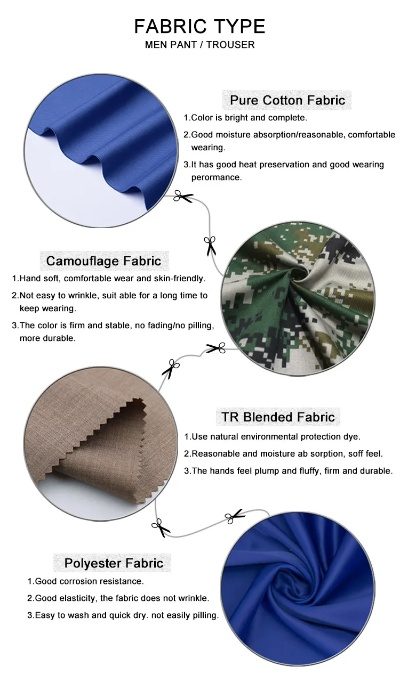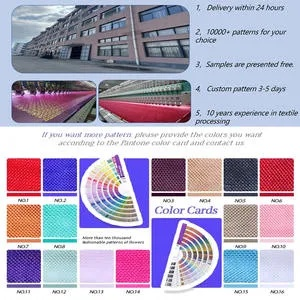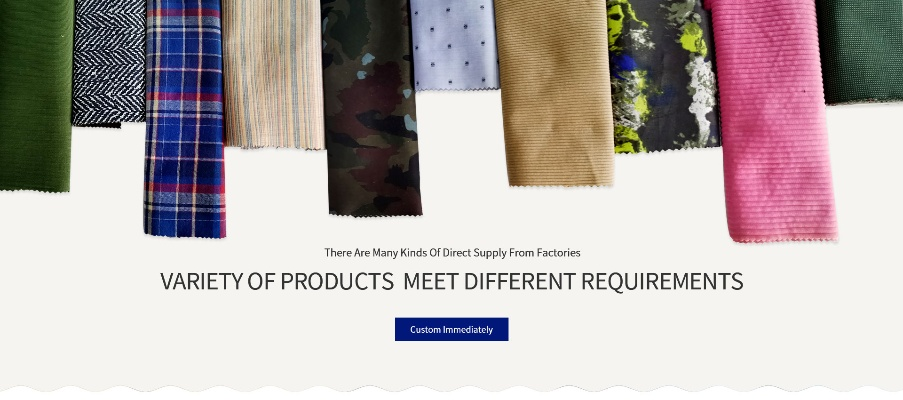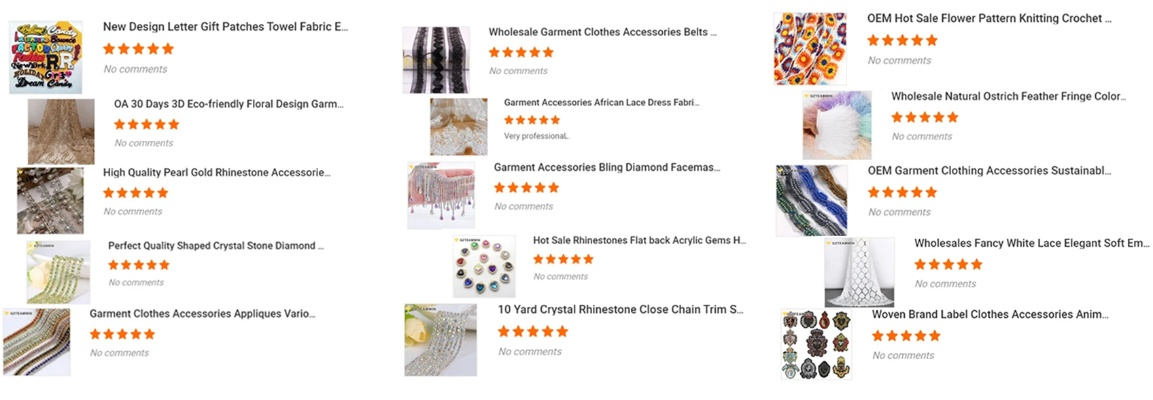The Fabric of Future:UV Curing Technology in Textiles
UV curing technology has revolutionized the textile industry, providing a cost-effective and efficient alternative to traditional methods of dyeing and finishing. This innovative process involves using ultraviolet light to activate a photosensitive polymeric material, which then reacts with the fibers to produce a permanent color or finish. The benefits of UV curing technology are numerous, including reduced energy consumption, improved product quality, and increased production speed. In addition, it enables the use of eco-friendly materials and reduces waste generation during the manufacturing process. As demand for sustainable and eco-friendly products continues to grow, UV curing technology is poised to become an increasingly important part of the textile industry.
Introduction: The world of textiles is constantly evolving, driven by innovations and advancements in materials science, manufacturing processes, and finishing techniques. One such area that has gained significant traction in recent years is the use of ultraviolet (UV) curing technology for fabric finishing. UV curing involves the exposure of a material to ultraviolet light, which causes chemical reactions to occur within the material, resulting in a permanent change in its properties. In this article, we will explore the application of UV curing technology in textiles, its benefits, and how it is being used in various industries.

Benefits of UV Curing Technology in Textiles:
-
Durability: UV curing technology enhances the durability of textiles by providing a permanent bond between the fibers and the finish coating. This results in improved resistance to wear and tear, making the fabric more resistant to damage from everyday use.
-
Quick Drying: UV curing technology also helps to speed up the drying process, reducing the time required for the fabric to be ready for use. This is particularly beneficial in industries where quick turnaround times are crucial, such as fashion and sportswear.
-
Eco-Friendly: Unlike traditional finishing methods that often involve toxic chemicals, UV curing technology uses eco-friendly solvents and finishes. This makes it an attractive option for those looking to reduce their environmental impact.
-
Versatile Applications: UV curing technology can be applied to a wide range of textiles, including cotton, silk, polyester, and even regenerated fibers. This flexibility allows for customized finishes that meet specific requirements, such as antibacterial or flame-resistant treatments.
Case Study: One example of the successful application of UV curing technology in textiles is the use of this technology on athletic wear. During the COVID-19 pandemic, demand for sportswear increased significantly, leading to higher production volumes and faster delivery times. To address these challenges, manufacturers began using UV curing technology to apply protective coatings on sportswear fabrics. These coatings provide excellent protection against sweat stains, dirt, and other contaminants, while also enhancing the overall appearance of the garments. As a result, the sportswear industry saw significant growth during the pandemic, with companies like Nike and Adidas utilizing UV curing technology to produce high-quality, durable sportswear.
Conclusion: The integration of UV curing technology into textile production has revolutionized the way we approach fabric finishing. From improving durability and speeding up drying times to reducing environmental impact and offering versatile applications, UV curing technology is transforming the textile industry. As the demand for sustainable, eco-friendly products continues to grow, the use of UV curing technology will only become more prevalent. By embracing this technology, textile manufacturers can not only meet current market demands but also prepare for future challenges and opportunities.
纺织品布UV简介
在纺织品行业中,UV布涂层技术以其独特的优势,正在逐渐改变传统纺织品的生产方式,UV布涂层技术不仅可以赋予纺织品独特的外观和质感,还能提高其耐磨、抗皱、防污等性能,我们就来详细了解一下纺织品布UV的相关知识。
纺织品布UV的种类与特点
-
类型:纺织品布UV主要分为光敏型和热敏型两种,光敏型UV布涂层技术利用紫外线照射使材料表面产生化学反应,从而改变材料的颜色和纹理;热敏型则利用高温处理使材料发生物理变化。
-
特点:
(1)色彩丰富:UV布涂层技术可以赋予纺织品丰富的色彩,满足不同消费者的需求。
(2)耐磨性强:UV涂层具有较高的耐磨性能,能够延长纺织品的使用寿命。
(3)抗皱性好:UV涂层能够减少织物表面的皱纹,提高织物的平整度。
(4)防污性能优异:UV涂层可以有效地防止油污、墨水等污渍的渗透和附着。

纺织品布UV的应用案例
-
汽车内饰面料:某汽车制造商采用UV布涂层技术,生产出具有高级感和耐用性的汽车内饰面料,这种面料不仅外观美观,而且具有良好的抗污性和耐磨性,能够满足汽车内饰的高标准要求。
-
运动服装面料:运动服装行业也广泛应用UV布涂层技术,某品牌的运动服装采用特殊的UV涂层处理,使得服装具有防滑、透气、舒适等特点,深受消费者喜爱。
-
家用纺织品:在家用纺织品领域,UV布涂层技术也被广泛应用于床单、窗帘等家居用品,这种涂层技术能够提高家纺产品的耐用性和舒适度,同时也能满足消费者对美观和环保的需求。
纺织品布UV的工艺流程与操作要点
工艺流程:
(1)材料准备:选择合适的纺织材料,并进行预处理。
(2)涂层处理:使用UV涂料进行涂层处理,包括涂层厚度控制、均匀性检查等。
(3)烘干固化:将处理后的纺织品进行烘干固化。
(4)成品检验:对成品进行质量检查,确保符合要求。
操作要点:
(1)选择合适的涂料类型和配方,确保涂层的均匀性和稳定性。
(2)严格控制涂层的厚度和颜色深度,以达到预期效果。
(3)注意涂层的干燥时间和环境条件,避免出现质量问题。
纺织品布UV的未来发展趋势
随着科技的不断进步和人们对环保、健康生活方式的追求,纺织品布UV技术将会继续发展,纺织品布UV技术将会更加智能化、个性化,能够满足更多消费者的需求,纺织品布UV技术也将更加注重环保和可持续性,减少对环境的影响。
Articles related to the knowledge points of this article:
Navigating the World of Textile Accounting
Top Ten Textile Brands in the Rankings:High-Resolution Images and Case Studies
The Evolution and Present State of Huisheng Textiles



